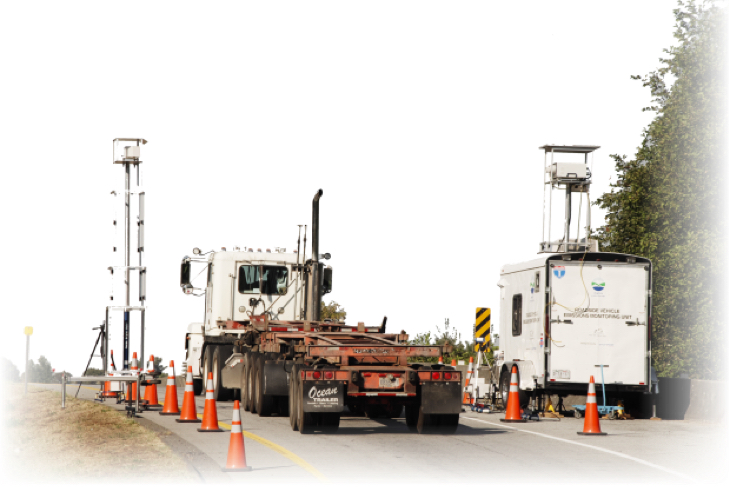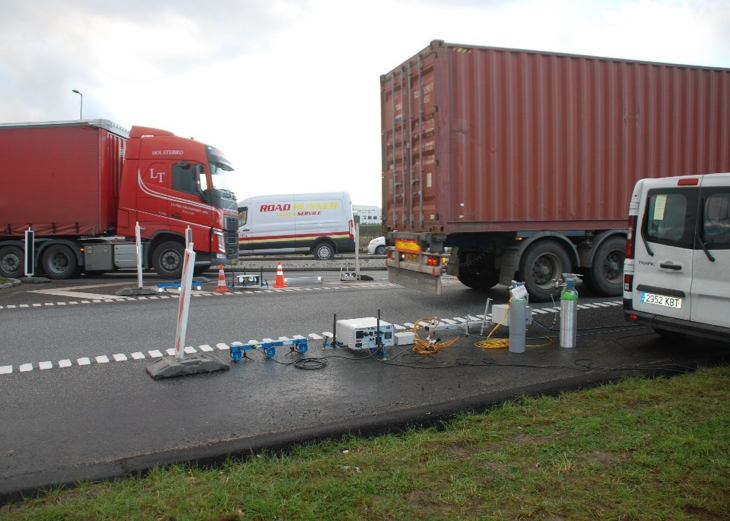Opus is a world-leading vehicle inspection and intelligent vehicle support company.
Opus is a global leader in vehicle safety and emission testing, providing tailored solutions that help governments achieve their road safety and air quality goals.
Staying ahead of challenges presented by modern vehicles, including new technologies and breakthrough innovations such as autonomous cars and trucks.
Opus offers a comprehensive driver services solution that enables motor vehicle agencies to serve their customers efficiently, effectively, and with integrity.
Read news, updates and insights about Opus, including our Vehicle Inspection and Intelligent Vehicle Support activities.
We look for entrepreneurial people around the world who are ready to make a difference.
Around the world, Opus works to improve road safety and reduce vehicle emissions.


